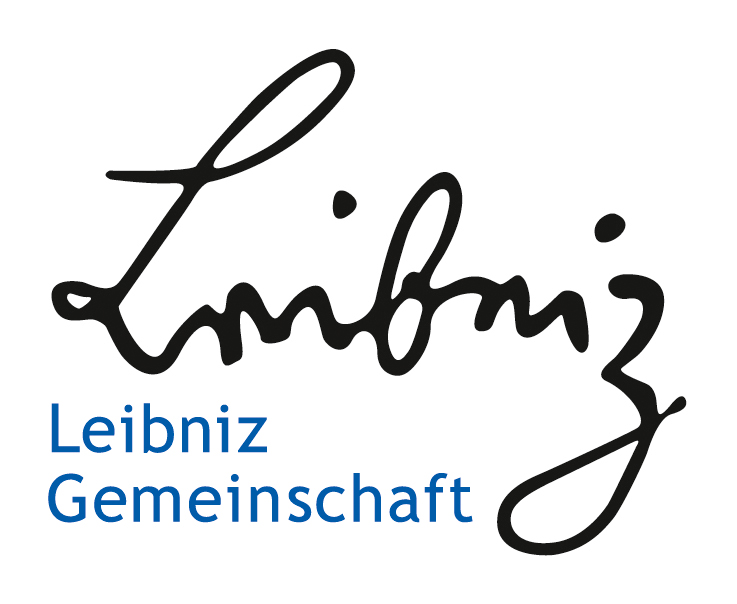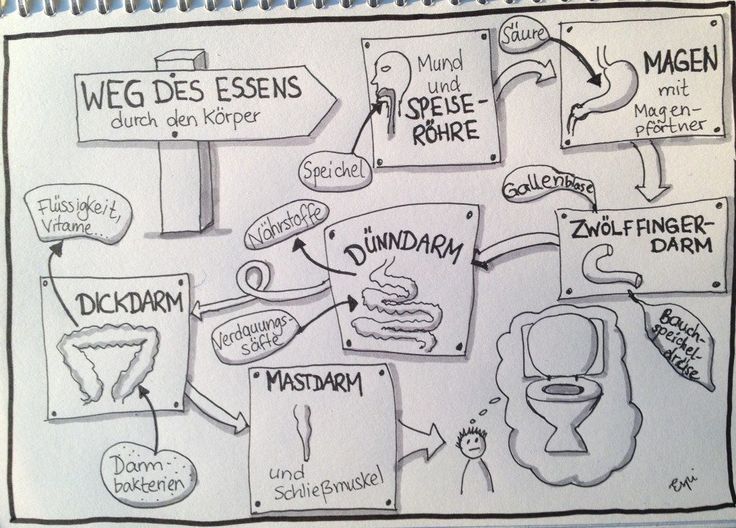Taking visual notes to better memorize complex issues
Author:
Eric Losang
Citation:
Losang, E. (2024): Sketch Notes. Taking visual notes to better memorize complex issues. In: VisQual Methodbox, URL: https://visqual.leibniz-ifl-projekte.de/methodbox/2023/07/14/sketch-notes/
Essentials
- Aim: Sketch notes use visual elements to represent information, making it easier to understand and remember complex ideas.
- Method: The sketch note method emphasizes the ability to distill complex information into simple, concise visuals. It encourages the note-taker to focus on the main ideas, essential details, and connections between concepts, promoting synthesis and understanding.
- Adaptability: Sketch notes are highly customizable and adaptable to individual preferences. Note-takers can use their unique style, color schemes, and symbols to create notes that resonate with them personally.
- Usefulness: Sketch notes are not only useful for personal note-taking but also for communication and sharing of information thus serving as visual summaries or illustrations that convey complex concepts in a more engaging and accessible way.
Description
Summary
The sketch note method, also known as visual note-taking or graphic recording, is a technique that combines text and visuals to capture and organize information. It involves using hand-drawn sketches, icons, symbolsm, diagrams and words to visually represent ideas, concepts, and key points.
History
The sketch note method has its roots in various disciplines that value visual thinking and communication. Predecessors and influences from fields like graphic facilitation and visual note-taking laid the groundwork for its emergence.
However, it was Mike Rohde who played a significant role in popularizing sketch notes with his book “The Sketchnote Handbook.” Published in 2012, it introduced the concept to a broader audience and showcased its potential in capturing and organizing information.
Thanks to the rise of blogs, social media, and online communities, sketch notes quickly gained momentum. Enthusiasts from diverse backgrounds started sharing their creations, leading to a vibrant community that further refined and expanded the method.
The recognition of sketch noting as a valuable skill for communication and learning prompted the formation of dedicated communities, workshops, and conferences. Educational institutions embraced sketch notes as a tool for enhancing student engagement and comprehension, while businesses integrated them into meetings, presentations, and conferences to facilitate effective communication.
The evolution of technology brought about digital sketch noting tools and apps, enabling even wider adoption and exploration of different styles and techniques. Today, sketch notes continue to grow in popularity, with ongoing innovation and experimentation in the field. As the method gains mainstream recognition, its potential applications in various domains, such as journalism, healthcare, and project management, are being explored, shaping the future trajectory of the sketch note method.
Limitations
While the sketch note method offers many benefits, it also has some limitations to consider:
Subjective Interpretation: Sketch notes rely on the note-taker’s interpretation and visual representation of information. This can introduce a subjective element, as different individuals may interpret and depict concepts differently, potentially leading to variations in understanding.
Artistic Skill Requirements: While sketch notes don’t require advanced artistic skills, some level of drawing ability can enhance the effectiveness and visual appeal of the notes. Those with limited artistic skills may find it challenging to create visually engaging and expressive sketch notes.
Limited Textual Detail: The visual nature of sketch notes means that text-based information is often reduced or condensed. While this can enhance overall comprehension, it may lead to the omission of important textual details, especially in content-heavy contexts.
Accessibility and Inclusivity: Sketch notes heavily rely on visual representation, which may present challenges for individuals with visual impairments or those who prefer or require text-based content. Alternative formats, such as providing transcripts or audio descriptions, may be necessary to ensure inclusivity.
Learning Curve: Adopting the sketch note method may require time and practice to develop the necessary skills and refine one’s personal style. The learning curve can initially make the process feel daunting for those new to sketch noting.
Procedure
Setup
- Familiarize with the content or topic you’ll be sketch noting.
- Determine the main ideas, key points, and structure of the information.
- Gather the necessary materials such as paper, pens, markers, or digital sketching tools.
- Choose a format or layout that suits your preference and the amount of information you’ll be capturing.
Sketching process
- Engage in active listening to capture the main ideas and key points in a visual format, combining text and simple visuals.
- Create a clear structure and organization within your sketch notes for easier comprehension and review.
- Incorporate icons, symbols, arrows, and diagrams to represent concepts and relationships visually.
- Use visual hierarchy techniques, such as varying font sizes, colors, and layouts, to emphasize important ideas.
- Focus on simplifying complex information into concise visual representations.
- Include contextual information, examples, or annotations to enhance understanding and provide additional details.
- Use color strategically to highlight and differentiate elements within your sketch notes.
Review and Dissemination
- Take time to review and reflect on your sketch notes after the initial capture.
- Consolidate your understanding, make connections, and fill in any gaps if necessary.
- Using sketch notes for communicating information, it is necessary to reflect on readers capabilities. Adapt the sketch notes to the targeted audience.
- Reorganize the structure and change visual variables accordingly.
Requirements
Paper or digital medium: This can be traditional paper and pen/pencil or a digital device with sketching capabilities, such as a tablet or touch-enabled device.
Writing/Drawing Tools depending on your preferred medium: For traditional paper, pens, markers, or colored pencils work well. For digital sketching, you’ll need a stylus or a device that allows you to draw digitally.
Basic drawing skills can help in creating visuals and icons that effectively represent concepts.
In order to be able to sketch information in real time, it is good to build up a repertoire of information patterns and signs to be used for this (e.g. arrows for temporal sequences of elements).
Useful Ressources
Since sketch notes are often described as a tool rather than a possible scientific method, there are only a few resources:
Baff, D. (2020), “Using Sketchnotes in PhD Research and Academic Practice”, International Journal of Management and Applied Research, Vol. 7, No. 3, pp. 370-381. https://doi.org/10.18646/2056.73.20-027
Fernández-Fontecha, A.; O’Halloran, K. L.; Tan, S. and Wignell, P. (2019), “A multimodal approach to visual thinking: the scientific sketchnote”, Visual Communication, Vol. 18, No. 1, pp. 5–29. https://doi.org/10.1177/1470357218759808
Although there are several tutorials on sketch notes on the internet, these might help best to understand the method, its challenges and the efforts to overcome limitations:



Leave a Reply